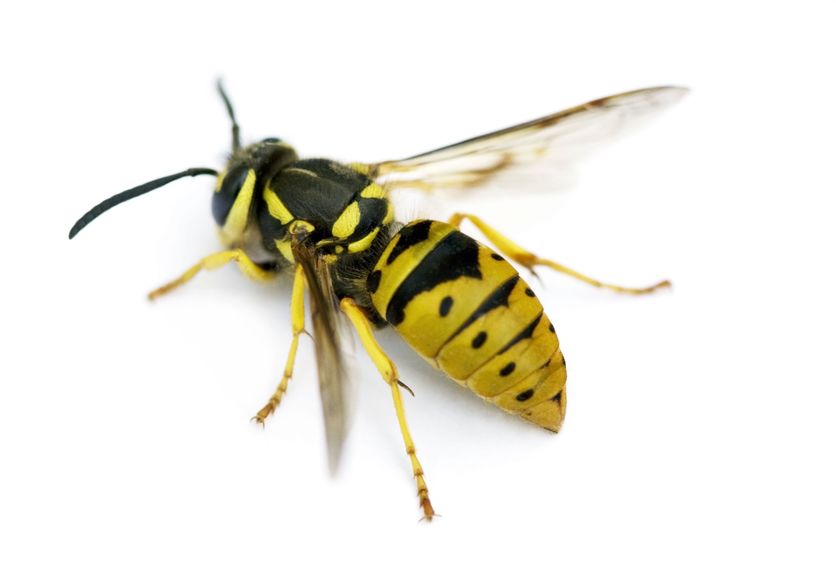People commonly confuse bees with yellowjackets, and vice versa. This confusion is understandable considering the close resemblance between the two groups of insects. In addition to sharing the ability to fly, both bees and yellowjackets possess yellow bodies marked with black stripes and they are of similar size. Also, these two insect types are often spotted hovering over flowers in gardens and other areas that are rich in vegetation, as both prefer to feed on flower nectar. As similar as these two insects may appear, one is more dangerous to humans than the other. Both bees and yellowjackets sting, but yellowjackets, being a particular type of wasp, can sting its victims multiple times, whereas bees lose their stinger following one single sting. Yellowjackets can also be more dangerous than bees during the summer months due to the frequency with which humans encounter their nests. One woman recently tripped over a yellowjacket nest before its angry inhabitants stung the woman a total of 74 times. Remarkably, the 94 year old woman survived the attack.
Bernice Arline Patterson was doing maintenance work around her home when she tripped on a yellowjacket nest that was located beneath the ground. Within a matter of seconds, Patterson was swarmed by hundreds of yellowjackets. In an effort to escape to safety, Patterson ran toward her home, but unfortunately, she tripped a second time. At this point, the yellowjackets began to attack Patterson mercilessly as she tried brushing them away from her face. Patterson’s son wasted no time coming to his mother’s assistance, but he too sustained many stings. He managed to run inside and grab the can of wasp and bee repellent that Patterson normally carries with her while outdoors. Luckily, the product worked to repel the yellowjackets. Once Patterson arrived at the hospital, doctors discovered that she had sustained a total of 74 stings, making her survival nothing short of a miracle.
Would you run toward a person being attacked by wasps in an effort to help him/her?

